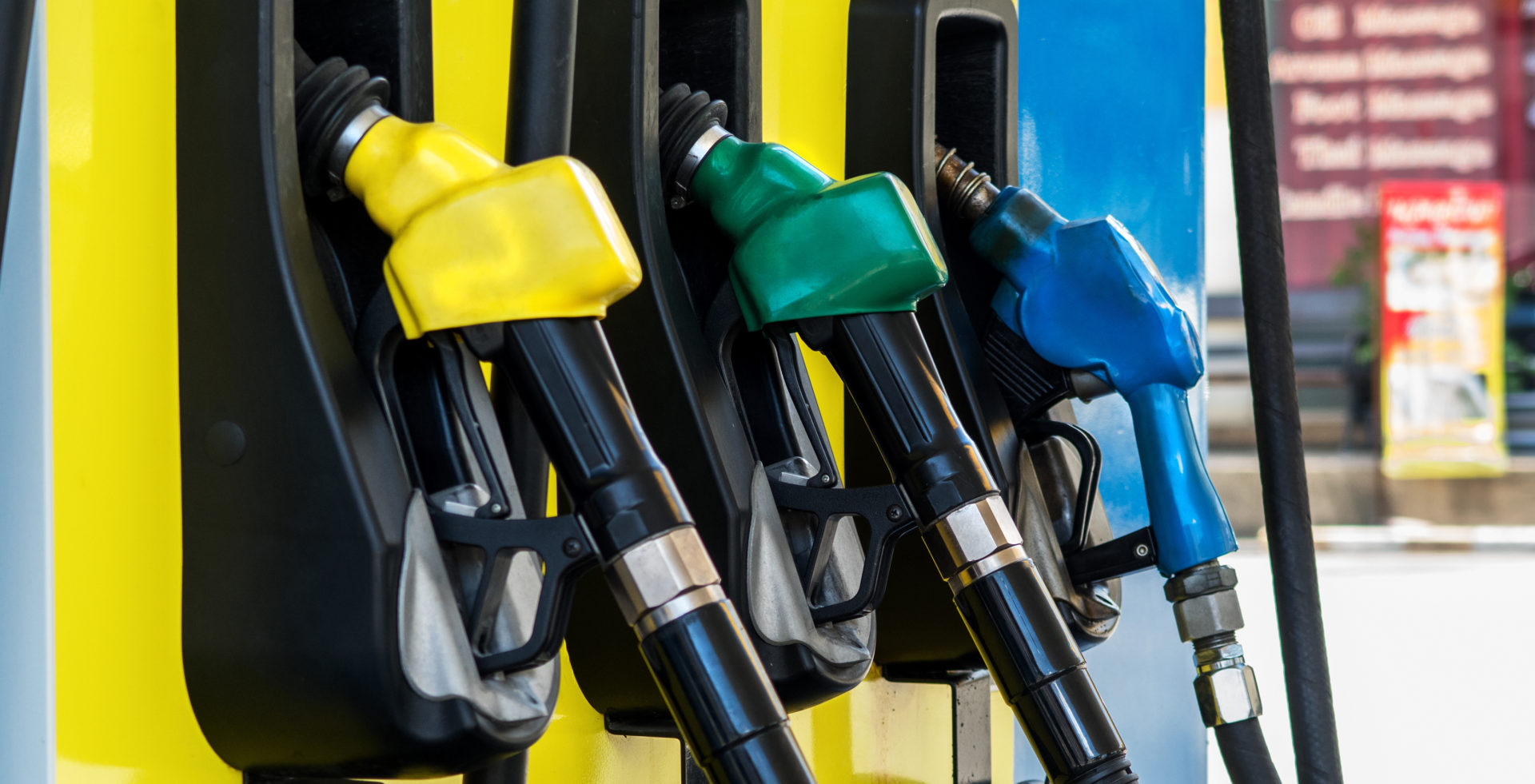Biofuel Innovators with Alternatives to Oil
Oil soars to $125 per barrel and economies around the world sputter or fall into recession. Enough is enough. Many biofuels can be blended with gasoline and diesel refined from oil, then pumped into our existing vehicles. The new biofuels have the potential to encourage sustainable reforesting and soil enrichment. Biofuel 2.0 provides a path to fuel from wood and waste, not food and haste.


